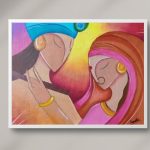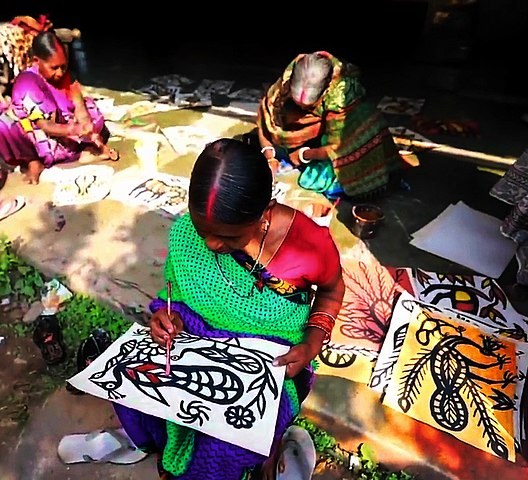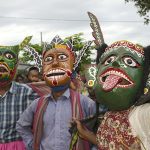
Discover the boundless creativity of Nandini, a passionate and gifted artist whose vibrant works come alive through the mesmerizing medium of acrylic paints. With a specialization in acrylics, Nandini’s art beautifully merges realism with abstraction, creating captivating compositions that transcend ordinary boundaries. Drawing inspiration from life’s myriad wonders, she captures the essence of everyday moments and the intricate tapestry of existence, inviting you to embark on a journey of artistic discovery unlike any other.




